
BREAKING THE BARRIERS

President Ronald Reagan and British Prime Minister Margaret Thatcher Looking At Space Station Model
Photo Credit: Astronautix.com
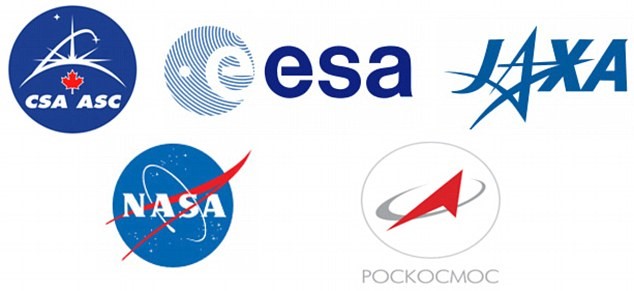
Partner Agencies
Graphic Credit: NASA
After the US moon landing, Russia continues moving forward developing "space stations," and makes gains in launching MIR-1 in 1986, the first modular space station to be used as a long-term research outpost. In 1993, after the fall of the USSR, Russia agrees to provide the Zvezda Service Module (later called MIR module) which would connect to the Freedom components as a "unified" space station. Zvezda acted like a support beam for the ISS and housed a living space, electrical power distribution, data processing systems, life support, and propulsion systems. After several political, financial, and redesign problems, this component is finally launched in the summer of 2000. It connected to other pieces of the ISS previously launched (connecting module (Unity), cargo block (Zarya), and z-truss).
"After women joined the space agency and became astronauts, there were not enough suits available for them which were properly sized for their more petite body types. By doing the all-women spacewalk and having more suits available for women astronauts, NASA is starting to acknowledge that women are as important in fulfilling the space agency's goals as men and is becoming more inclusive to women as part of their workforce.."
~ from interview with Dolon Bhattacharyya (Center for Space Physics, Boston University / University of Illinois, Researcher)
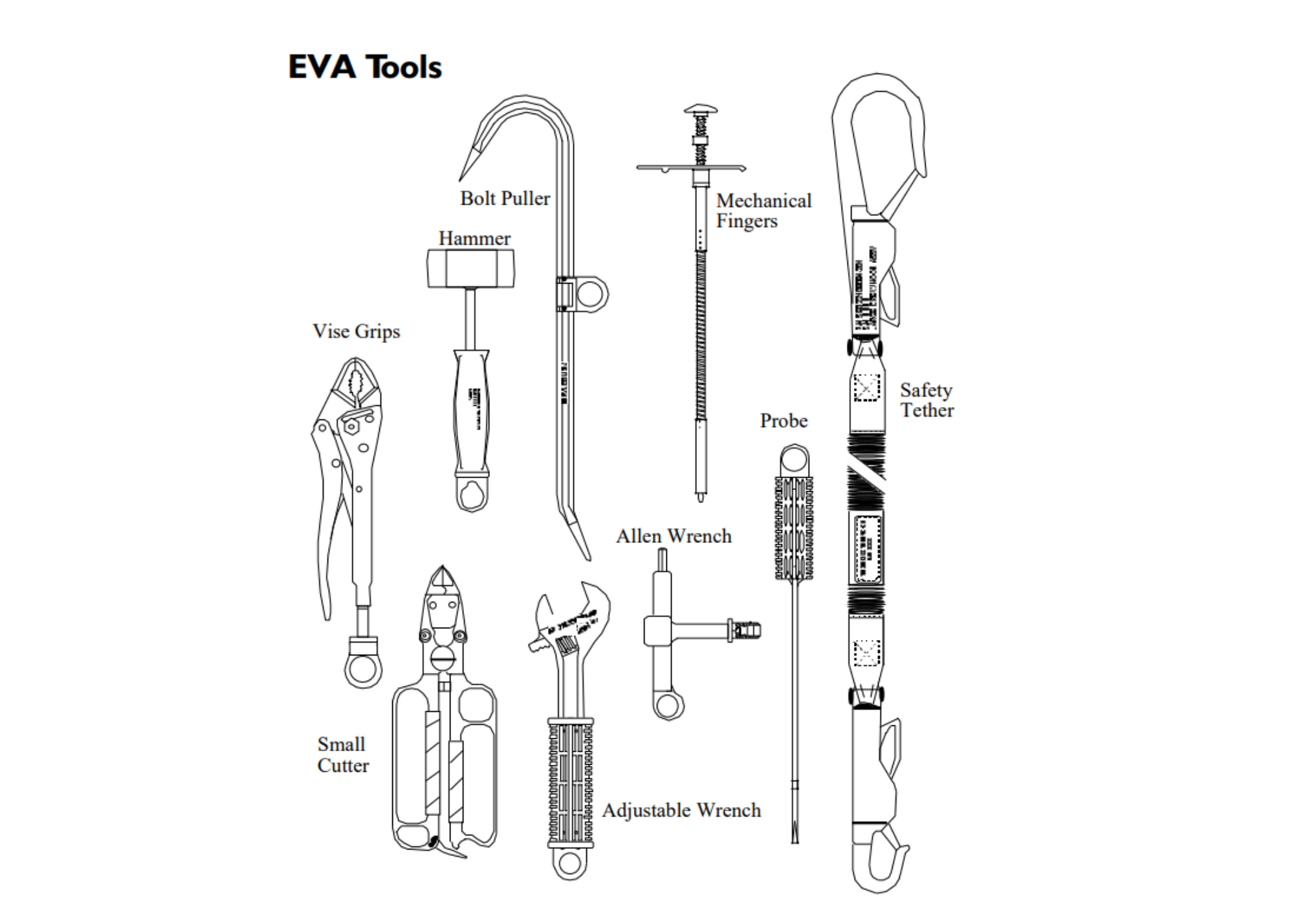
Extra Vehicular Activity (EVA) Tools designed for space use.
Photo Credit: NASA
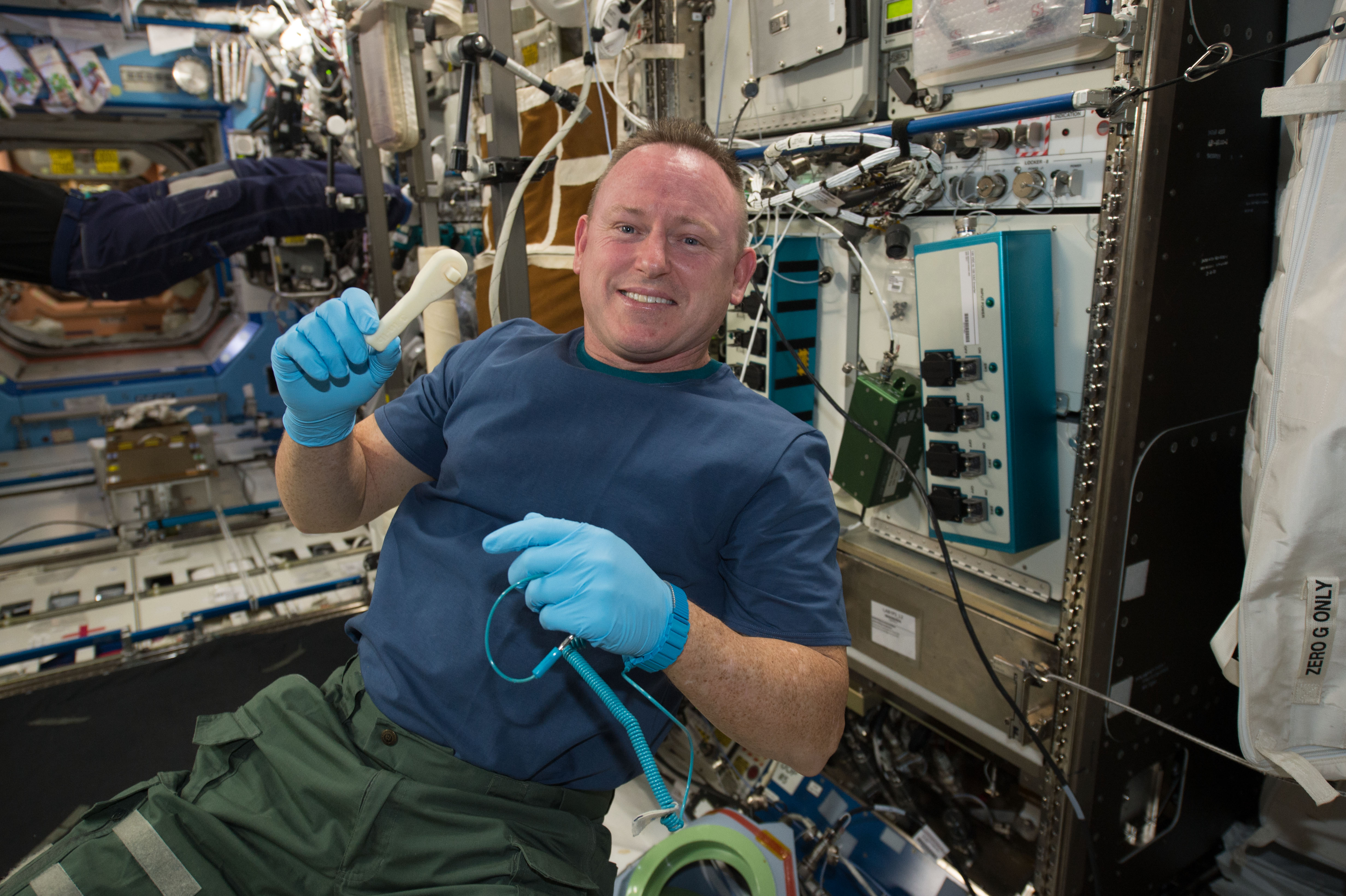
ISS Expedition 42 Commander Barry "Butch" Wilmore shows off a ratchet wrench made with a 3-D printer on the station.
Photo Credit: NASA
"Space tools can be very different from Earth tools, especially for spacewalking. When you wear huge, pressurized gloves during a spacewalk, you need tools that are specially-designed for your huge hands. We learned to use these new tools in the underwater training facility in Houston (NASA Neutral Buoyancy Laboratory)."
~ from interview with Stephen Robinson
(NASA astronaut, STS-85, STS-95, STS-114, STS-130, )
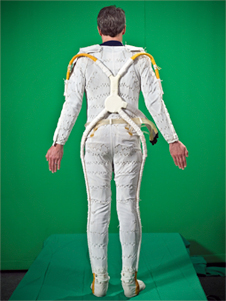
Liquid Cooling and Ventilation Garment worn underneath spacesuit to insulate against temperature extremes.
Photo Credit: NASA
"We learned that something as simple as rain, can block antenna signals to the ground, and we had to figure out how far apart to make our land-based antenna systems [to communicate with ISS]...we learned that rainstorms are less than five miles across in width [helped us place land-based antennae]...we also worked on encrypting downlinks so astronauts can talk to the ground in private."
~ from video interview with Bill Tyson (SubContract Technical Manager, Communications & Tracking Systems, Human Space Flight & Exploration, ISS)
In 1959, NASA developed the concept of a "halfway station", that would act as a spaceport and allow shuttles and satellites to power-up on stored solar energy. Funding slowed its progress until 1960 when NASA solicited models and ideas for a space shuttle. In 1980, President Ronald Reagan resurrected the idea and sought partnerships with other countries. Canada, Japan, and the European Union joined the United States sharing the responsibility and cost of building space station Freedom (later called the International Space Station).
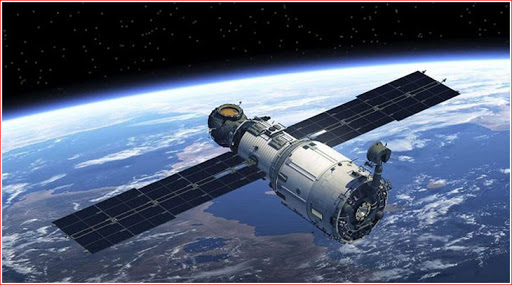
Zvezda Service Module
Photo Credit: RussianSpaceWeb.com

Four women on the International Space Station pose for a photo in the Zvezda Service Module while space shuttle Discovery remains docked with the station. Pictured clockwise from the lower left are NASA astronauts Tracy Caldwell Dyson, Expedition 23 flight engineer; NASA astronaut Dorothy Metcalf-Lindenburger, Japan Aerospace Exploration Agency (JAXA) astronaut Naoko Yamazaki and NASA astronaut Stephanie Wilson, all STS-131 mission specialists.
Photo Credit: NASA
Originally, the space industry limited women to computations and mathematics, and steered them away from frontline military careers. Later, as women obtained more training, the field began to level. Space travel opened the need for more fields of study on missions and their smaller size was an asset. In low gravity, men and women could do the same work.
It is notable when women break records and accomplish things that no other woman has ever done, for much the same reason that it is notable when people from other historically marginalized groups break through similar barriers. But women are also keeping pace with their male colleagues — setting the standard and, at times, racing past them.
~ Calla Cofield, "Record Breaking Women in Spaceflight History"
As scientists and NASA invented new tools and technology for the ISS to withstand temperature extremes of low Earth orbit, private companies used that research for items here on Earth: auto-adjusting tools, artificial limbs, invisible braces, space blanket, 3-D printed food, ventricular assist device, medicines, radio/satellite communications, particle foam, and cochlear implants.

Auto-adjusting tools were needed when bulky gloves were worn during spacewalks.
Photo Credit: NASA
By 2011, the space shuttle missions are discontinued for safety reasons and Russia's Soyuz spacecraft keeps missions to ISS operating. This opens the door for private sector involvement on the ISS to propel it into the future. SpaceX's Dragon spacecraft becomes the first commercial spacecraft to dock and resupply the ISS in 2012.
Barriers in Technology Interview with Bill Tyson, 2020.
(Retired SubContract Technical Manager, Communications & Tracking Systems,
Human Space Flight & Exploration ISS)
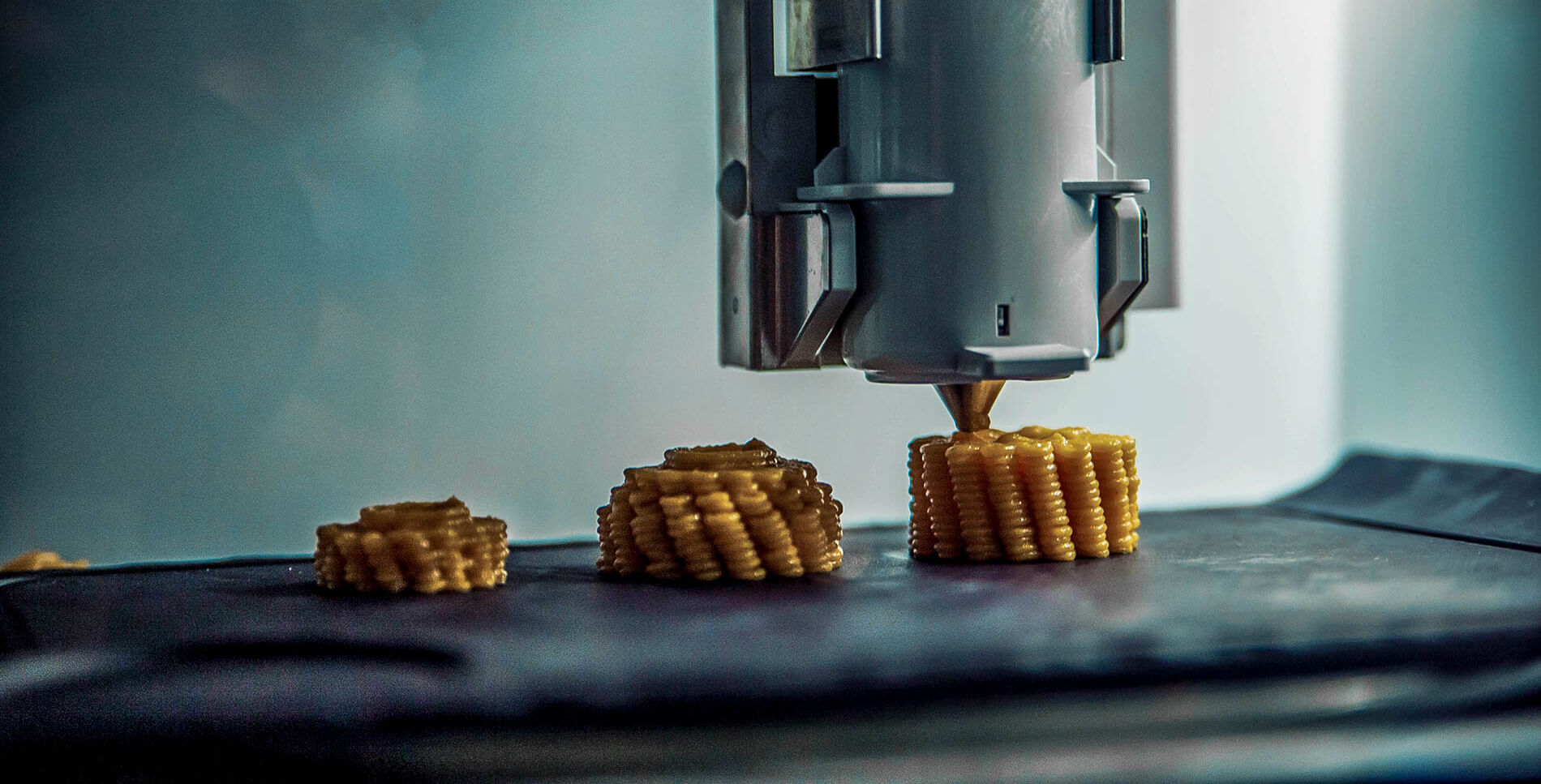
ISS inspired 3D food printer.
Photo credit: ALL3DP
Header: Lightning, airglow, and the Milky Way galaxy lit up the night sky as ISS astronauts passed over Kiribati in the central Pacific.
Photo Credit: NASA